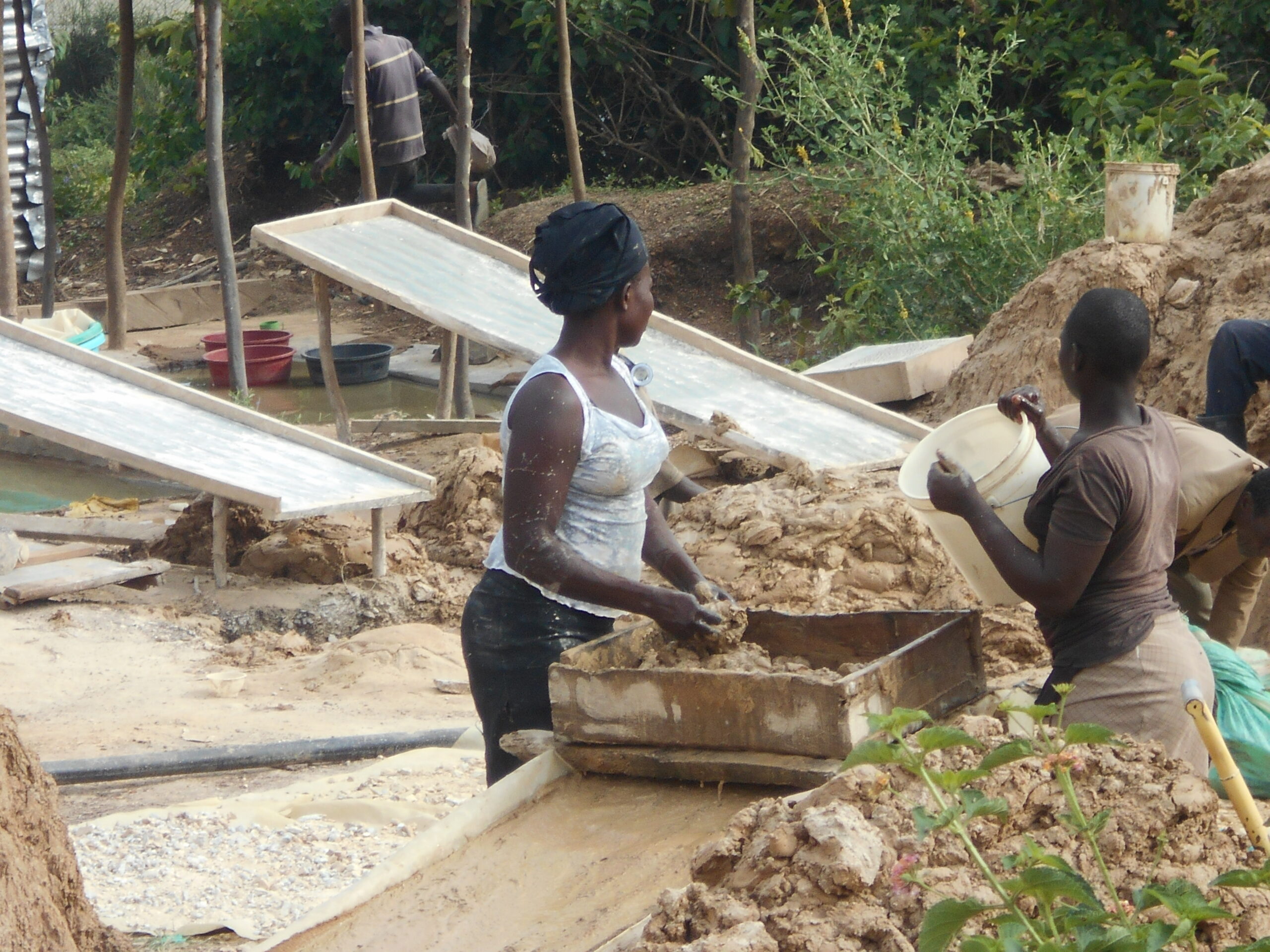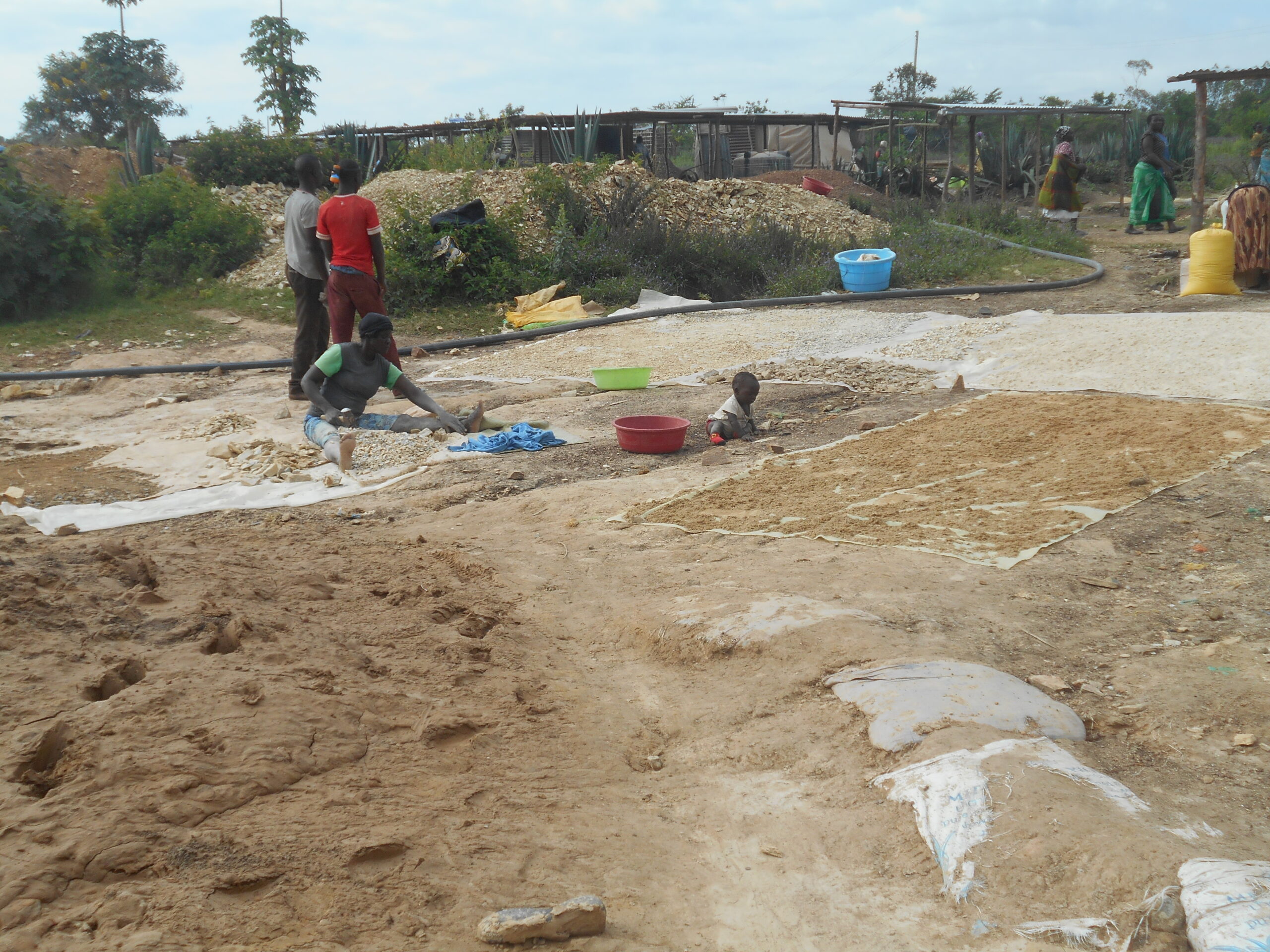
In most developing countries, artisanal and small-scale mining (ASM) plays a major role in the shaping of economy. Due to low wages, most of the workers in the mining sector are low class citizens, earning as little as three dollars (USD) per day. However, in Nyatike Sub-county of Migori County, situated in Kenya, businessmen in artisanal and small-scale gold mining have learnt to exploit children for labor. For the same amount paid to one adult, a gold baron can procure two or three children. Children as young as twelve years have been witnessed doing the same work as that of adults.
However much many will view mining as an income generating activity, it has affected children in the area. In the past few years, Nyatike has witnessed increased rate of early pregnancies, rape cases, prostitution and HIV/AIDS as a result of mining. It is documented that HIV/AIDS Prevalence in the area is 14.8%, which is double the national average. Hence, many miners die of the disease leaving behind orphans. Education level in the Sub-county has also dropped significantly with more children preferring quick cash in mining than books.
Health and hygiene conditions in the mining fields are devastating. Laborers get exposed to: – mercury poisoning, infectious diseases, dust and excessive noise. Children are also prone to fatigue due to long working periods.
According to the residents of Nyatike, children venture into artisanal mining because of: – poverty in the family, peer influence and lack of role models. There is lack of clarity over the actual number of people employed in the sector; but it is estimated that close to fifty thousand (50,000) workers (both young and adult) visit the mines during peak seasons.
 Above: A photo of teenagers working in Nyatike mines
Above: A photo of teenagers working in Nyatike mines
Due to the unethical and improper ways of working, miners in the area conform to neither mining laws nor regulations governing mining operations. The miners in the area are unaware of the effect of metal poisoning during mining and mineral processing.
Unless access to education improves, and alternative opportunities for income generation and poverty reduction are put in place, children will be in a state of wastage and unending poverty in these impoverished mineral-rich locations.
 Above: A photo of teenagers working in Nyatike mines
Above: A photo of teenagers working in Nyatike mines Above: An Image of a young mother working at the mining fields with her baby
Above: An Image of a young mother working at the mining fields with her baby
